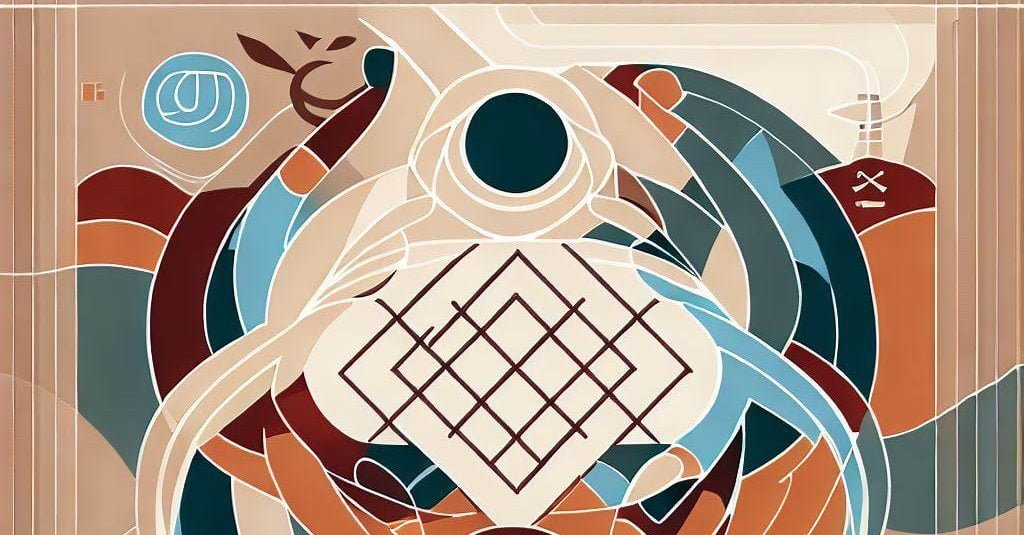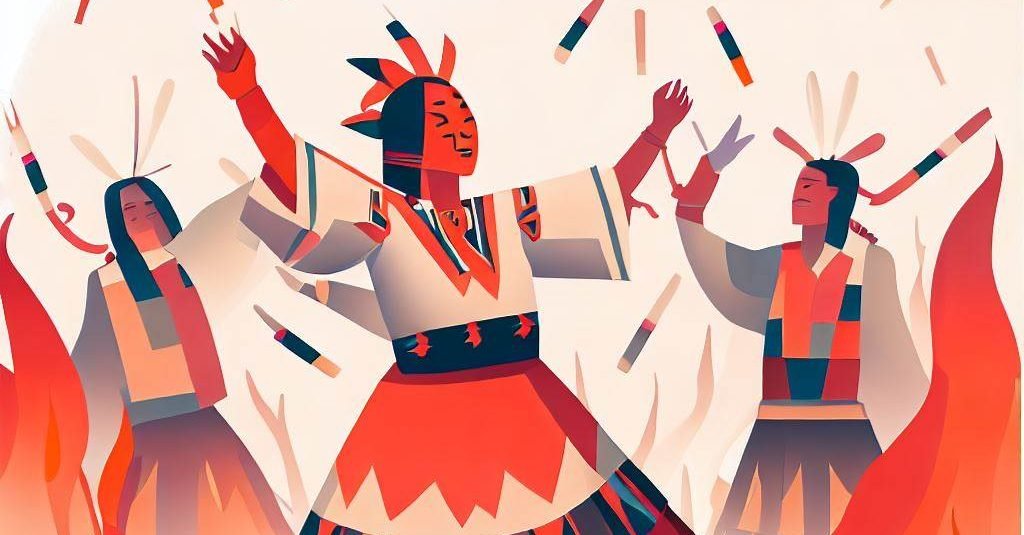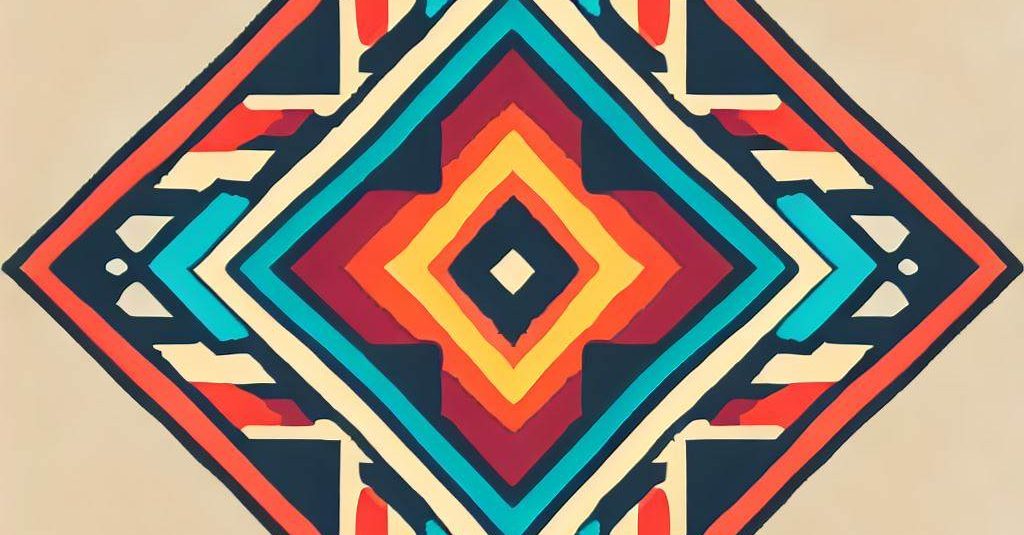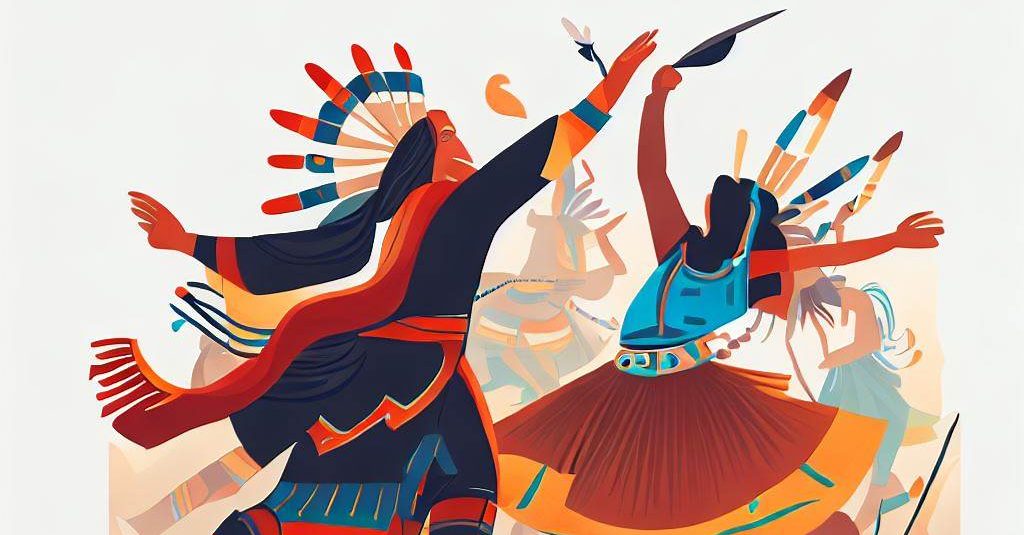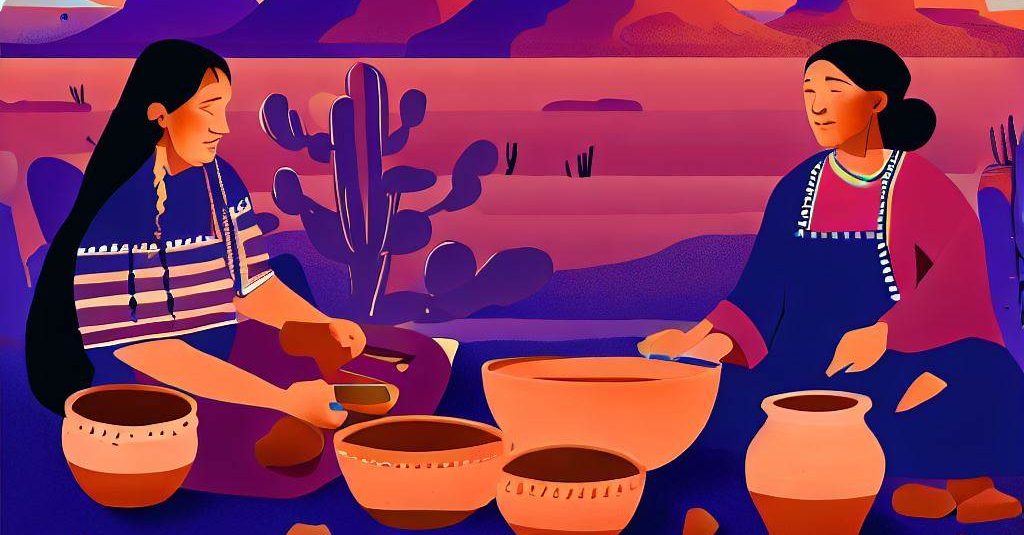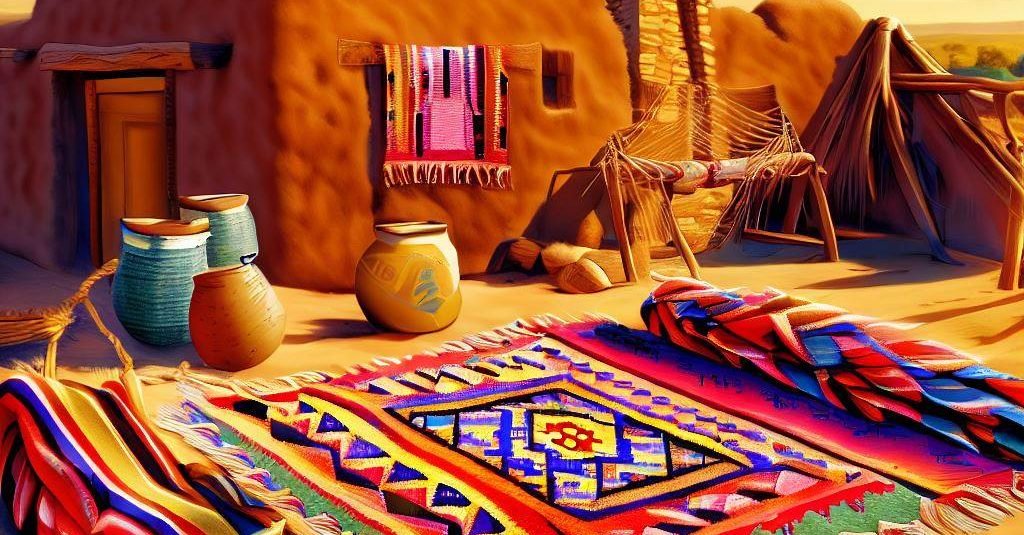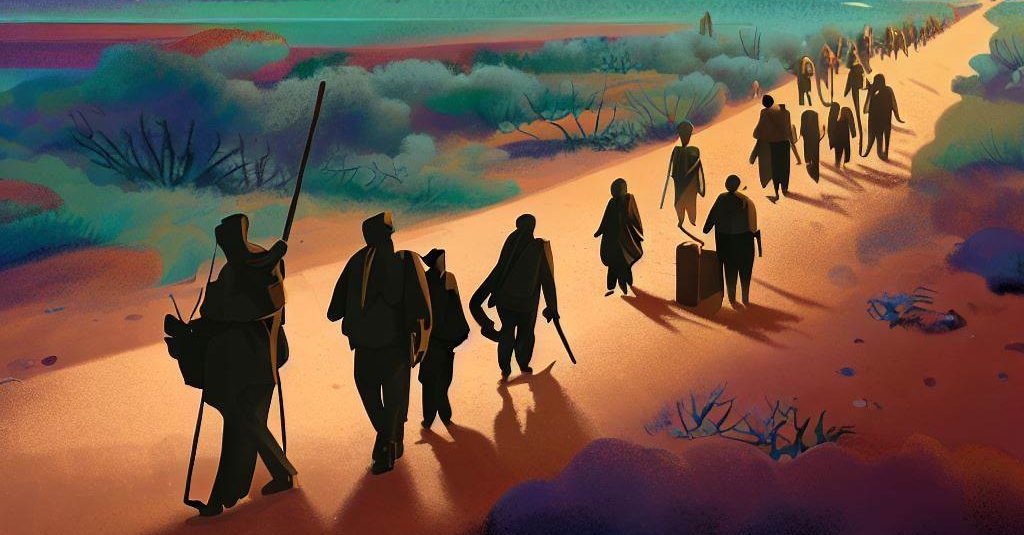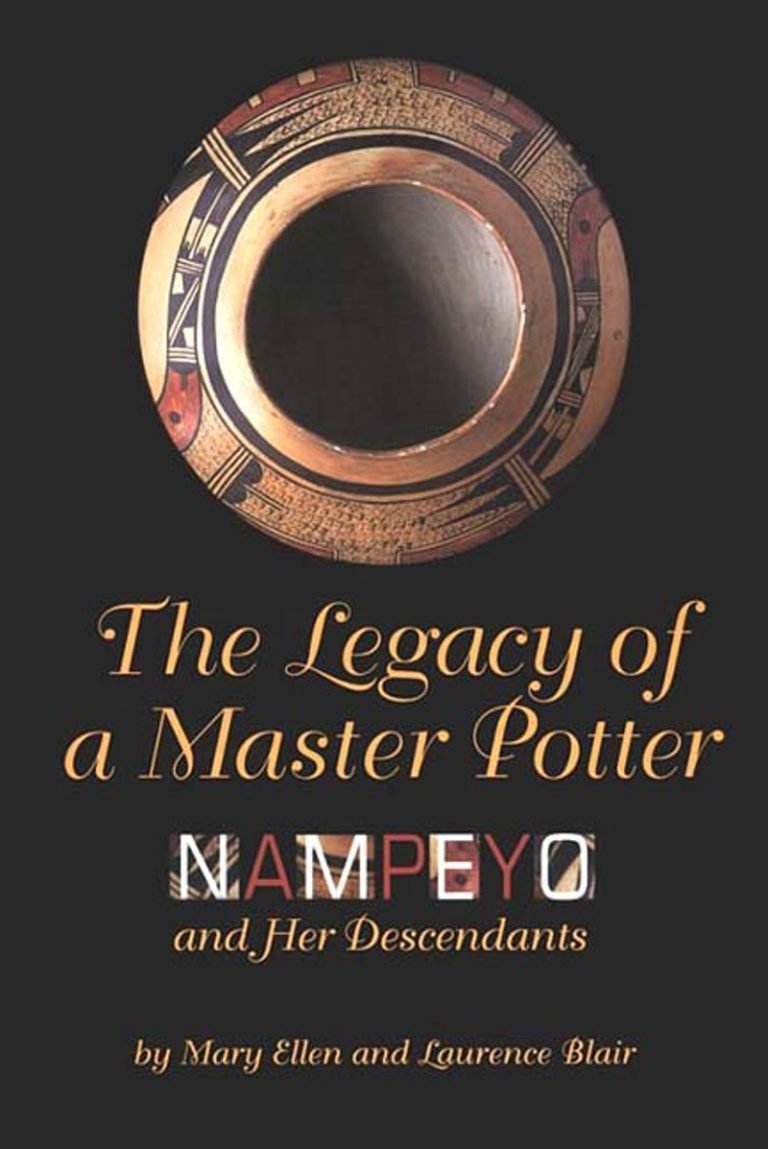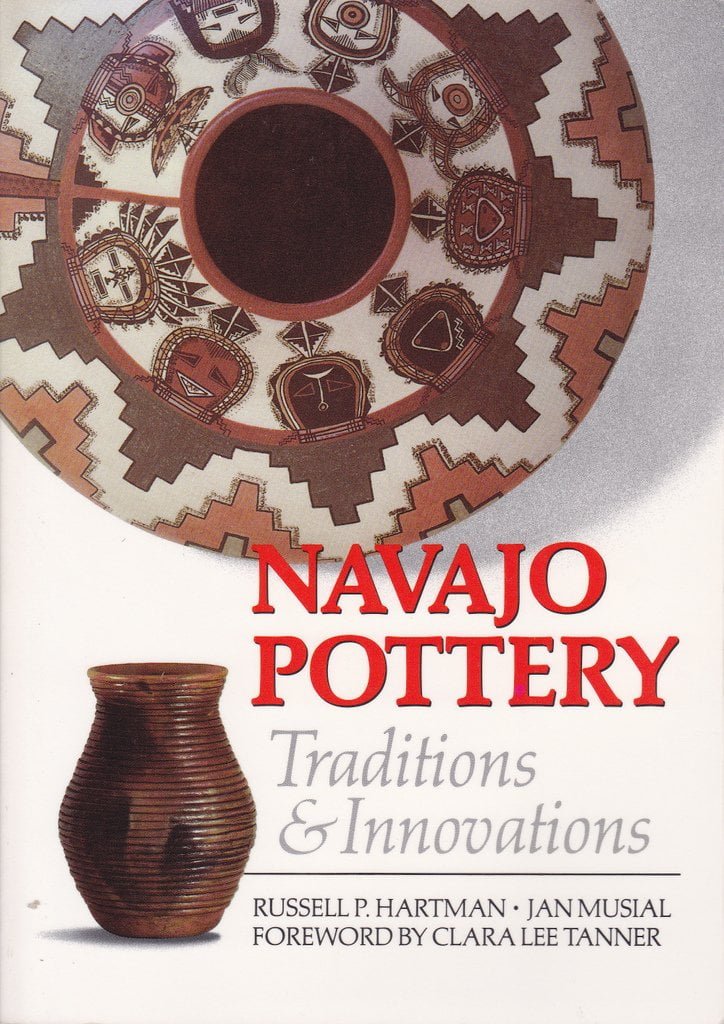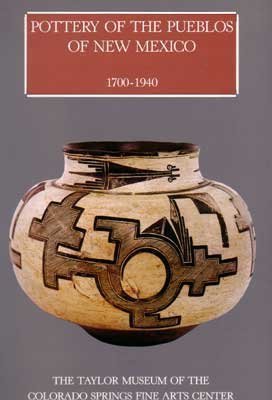Welcome to People of One Fire, a platform dedicated to providing insightful and engaging content on Native American cultural issues, with the goal of uniting us all as people of one fire. Our mission is to offer a comprehensive understanding of the diverse histories, cultures, languages, legends, art, and other aspects of the various American and Canadian indigenous communities. By emphasizing the intersections and interconnectedness of these tribes, we strive to create a space that fosters unity, respect, and appreciation for the rich heritage of Native peoples.
Latest Content
The Navajo Hero Twins
The Navajo Hero Twins story is an important part of Navajo oral tradition, embodying moral lessons, cultural values, and the tribe’s worldview. This captivating narrative features the adventures of two brothers, Born for Water and Monster Slayer, as they embark on a journey to rid the world of evil and restore balance. By examining the key components of the Hero Twins story, we gain a deeper understanding of its significance within Navajo culture and its enduring impact on Navajo identity.
The Navajo Blessingway Ceremony
The Blessingway ceremony is a cornerstone of Navajo spiritual and cultural life, reflecting the central role of the Hózhǫ́ principle in the Navajo worldview. As a rite of passage, healing, and celebration, the Blessingway serves to restore balance and harmony within individuals and communities, fostering overall well-being and interconnectedness. This article delves into the meaning, structure, and significance of the Blessingway ceremony within the Navajo culture.
The Navajo Hózhǫ́
Hózhǫ́ is a central and foundational concept within Navajo culture and worldview, encompassing the principles of balance, beauty, harmony, and well-being. It is a complex and multifaceted idea that touches upon every aspect of Navajo life, from daily activities to spiritual beliefs and practices. This article aims to provide an overview of the Hózhǫ́ concept and its significance within Navajo culture.
Navajo Sandpainting
Navajo sandpainting is a sacred and intricate art form that holds deep spiritual significance within the Navajo culture. This ancient practice, also known as “iikááh,” or “place where the gods come and go,” involves the creation of elaborate designs using naturally colored sand, charcoal, and ground minerals. Navajo sandpaintings are not only visually stunning, but they also serve as an essential component of Navajo religious ceremonies and healing rituals. This article will explore the history, techniques, and cultural importance of Navajo sandpainting while highlighting the interactions with other tribes and peoples that have contributed to the evolution of this unique…
Traditional Navajo Ceremonies
The Navajo people, known as Diné in their own language, have a rich and diverse history of traditional ceremonies that serve as a cornerstone of their cultural and spiritual identity. Navajo ceremonies, known as “chants” or “sings,” serve various purposes such as healing, protection, blessings, and rites of passage. This article will explore the cultural significance and interconnectedness of Navajo ceremonies, offering insight into the spiritual lives of the Navajo people and their relationships with other Native American tribes.
Navajo Jewelry Making
Navajo jewelry making is a deeply rooted tradition that combines artistic expression, cultural identity, and centuries of intertribal exchange. Renowned for their intricate designs and exceptional craftsmanship, Navajo jewelers have long been celebrated for their contributions to Native American art and culture. This article will explore the history, techniques, and cultural significance of Navajo jewelry making, with particular emphasis on the ways in which interactions with other tribes and peoples have influenced the development and evolution of this unique art form.
Navajo Pottery
Navajo pottery is an essential aspect of the tribe’s rich artistic heritage, reflecting a unique blend of tradition, innovation, and cultural exchange. This ancient art form has undergone significant changes over time, adapting to external influences and internal developments within the Navajo community. This article will explore the origins, techniques, and evolution of Navajo pottery, highlighting the interactions with other tribes and peoples that have shaped this dynamic art form. By understanding the multifaceted history of Navajo pottery, we can foster a greater appreciation for the interconnected histories, cultures, and experiences of Native American peoples.
Navajo Weaving
Navajo weaving is a rich and intricate art form that has played an integral role in Navajo culture for centuries. Known for its distinctive geometric patterns and vibrant colors, Navajo weaving reflects the tribe’s spiritual beliefs, history, and worldview. By examining the origins, techniques, and evolution of Navajo weaving, we can gain a greater understanding of the Navajo people’s interconnected histories, cultures, and experiences. This article will also highlight the interactions between the Navajo and other tribes, illustrating the exchange of ideas and techniques that have shaped Navajo weaving over time.
Navajo Culture
The Navajo people, also known as the Diné, have a rich and multifaceted culture that has endured through centuries of change and adaptation. This article delves into the various aspects of Navajo culture, focusing on their traditions, art, values, and the ways in which they connect with other Native American tribes. By fostering a greater understanding of the interconnected histories, cultures, and experiences of the Navajo and other indigenous peoples, we aim to promote unity and appreciation for the diverse tapestry of Native American life.
The Navajo Long Walk
The Navajo Long Walk is a critical event in the history of the Navajo people and the broader narrative of Native American experiences in the United States. In 1864, over 8,000 Navajo were forcibly removed from their ancestral lands and marched over 300 miles to a desolate reservation at Bosque Redondo in present-day New Mexico. This article will explore the historical context leading up to the Long Walk, the experiences of the Navajo during this forced relocation, and the enduring impact on the tribe and their relationships with other Native American tribes and the United States government.
Categories
Date Archives
Book Reviews
Wisdom Sits in Places
In Wisdom Sits in Places: Landscape and Language Among the Western Apache, anthropologist Keith H. Basso takes the reader on a fascinating journey through the rich inventory of place-names surrounding the town of Cibecue, Arizona. By delving into the landscape and the Apache language, Basso unveils the deep connections between…
Navajo Mountain and Rainbow Bridge Religion
Navajo Mountain and Rainbow Bridge Religion, written by Karl W. Luckert, is the first volume in the American Tribal Religions Series, published by the Museum of Northern Arizona in 1977. In this fascinating work, Luckert explores the religious significance of the Rainbow Bridge rock formation and Navajo Mountain, as well…
The Navaho
The Navaho by Clyde Kluckhohn and Dorothea Leighton is an authoritative and comprehensive study of the Navaho Indians, offering insights into their history, culture, and the challenges they face today. Lauded for its interdisciplinary approach and sympathetic, unbiased perspective, this book is a valuable resource for those interested in the…
The Legacy of a Master Potter: Nampeyo and Her Descendants
“The Legacy of a Master Potter: Nampeyo and Her Descendants” is a comprehensive study of the life and work of Nampeyo, a Hopi-Tewa potter who lived in Arizona. The book is written by Mary Ellen Blair and Laurence Blair and is the result of over 20 years of research. The…
Navajo Pottery: Traditions and Innovations
“Navajo Pottery: Traditions and Innovations” is an insightful monograph that delves into the history, decline, and subsequent revitalization of the Navajo pottery tradition. The book, published by Northland Press in 1987, is authored by Russell P. Hartman, Jan Musial, and Stephen Trimble, with Hartman providing the text, Trimble contributing the…
The Pottery of the Pueblos of New Mexico, 1700-1940
“The Pottery of the Pueblos of New Mexico, 1700-1940” is an insightful and comprehensive examination of the pottery traditions of the Pueblo people of New Mexico. Jonathan Batkin, the author and a renowned scholar in the field, presents a detailed analysis of the historical, cultural, and artistic contexts of Pueblo…

